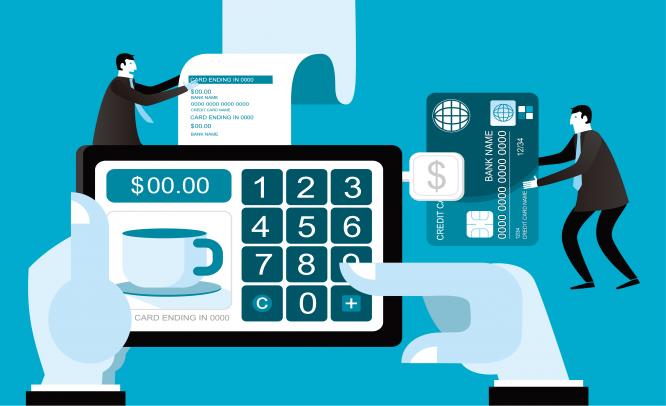Experts are predicting that more and more consumers will take to mobile banking as the under-banked look for a better online shopping experience
Suparna Goswami Bhattacharya
January 14,2015: The rise of mobile payments is gradually making its mark in the global market — a major shift from an era wherein the business was considered low margin. The companies involved had to save every penny possible to stay afloat.
However, significant advances in technology have made this area one of burgeoning growth in the financial services sector. Services-based and text-based payment and proximity device communications are appearing worldwide. Today, the sector is not only much talked about but profitable as well. The entry of players like Apple and Google has made the market all the more interesting and attractive for startups. Experts are now predicting that 2015 will be the year wherein more and more consumers will take to mobile banking as the under-banked look for a better online shopping experience. Here are some predictions for 2015:
Tech companies at the helm
According to Aditya Khurjekar, co-founder of US-based payment analysis portal LetsTalkPayments.com, innovation in this space will be driven primarily by technology players as opposed to banks, retailers or mobile operators who have not been able to demonstrate any success despite massive investments.
This will be especially true for large OS platforms, such as Apple, Google, Microsoft, and the large social media platforms, such as Facebook and SnapChat. “This means Google will be forced to get its act together and Microsoft will announce something in this space. Facebook will probably end the suspense on exactly what its payments offering will be, but not before a couple of other social messaging players also do the same,” says Khurjekar.
In-store mobile payments
The focus will shift from online mobile payments to in-store mobile payments; the opportunity is in billions of dollars. This segment is relatively small today, with only a few consumers using their phones to buy groceries, books or other physical goods in stores. But that number is expected to grow fast in 2015. “As of now, most customers make online purchases using mobile wallets. But this is all set to change, especially post the emergence of Apple Pay,” says Bipin Preet Singh, founder & CEO of MobiKwik, adding, “Emerging economies are expected to come up with their own customised versions of Apple Pay.”
“We will see Apple Pay and maybe another two market specific wallets grow rapidly solving the in-store payment problem,” says Amit Goel, founder of research and consulting firm Knowledgefaber.
Better experience
Mobile payments will expand in scope to mobile commerce and mobile shopping, especially as the core payments function will be managed by a few large players. Other experiences will be built around payments that will round out the promise for the consumer. Even from an economic standpoint, there is increasing pressure on the amount that can be charged for simply moving money, so margins will have to be made somewhere else.
Smartphones as medium of payment
Though one does not necessarily need smartphones to make payments via mobile phones, as in the case of M-Pesa, they do offer a much more superior experience. “More and more people have access to smartphones now. Once you experience this, there is no way you can shift back to a feature phone,” says David Scott, an independent payments expert based in the US.
Concerns
However, the road ahead is not very smooth for mobile payments. There are ample challenges, which industry players need to address.
Security
The main reason that mobile payments haven’t taken off the way they should have is thanks to security issues. Peter Drake, an independent payment analyst based in the US, says, “Attackers can steal and misuse data. The over-the-air provisioning of payment credentials can often lead to misuse of customer data. We are all hoping that 2015 will be the year where technology players like Google and Apple will address the security gap in this space.”
Choice of technology
Apple Pay uses NFC to enable payments. However, apart from the US, NFC has failed to gain momentum in other countries. Hence, “a technology is yet to be developed that can be adopted by the masses”, says Sanchit Vir Gogia, chief analyst and CEO, Greyhound Research.
Bottlenecks
Rising transaction volumes often lead to performance bottlenecks, which leads to bad customer experience thus driving away potential users of the system.
Also Read:
Companies are realising the benefits of digitisation
More than half of all professionals worldwide are already using LinkedIn


